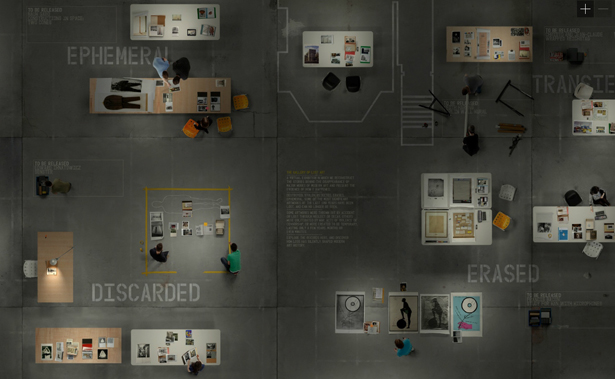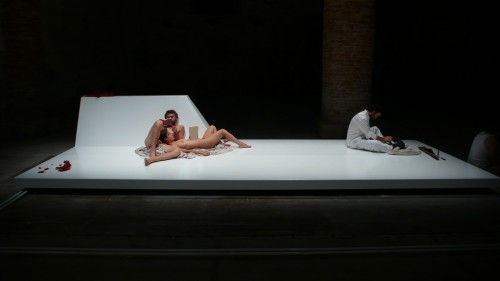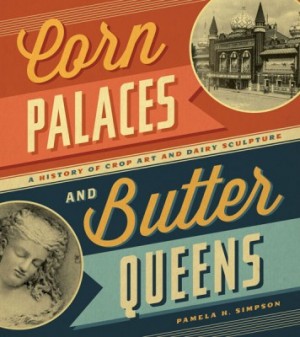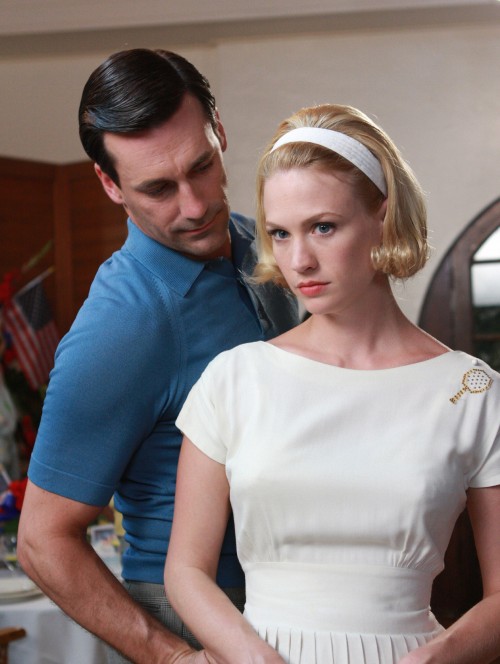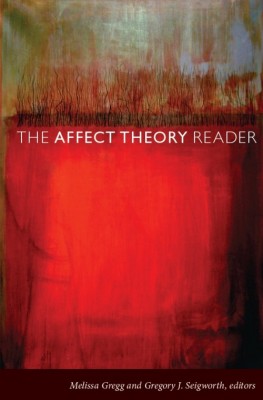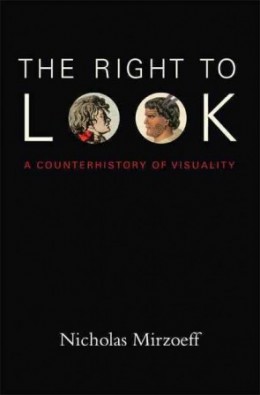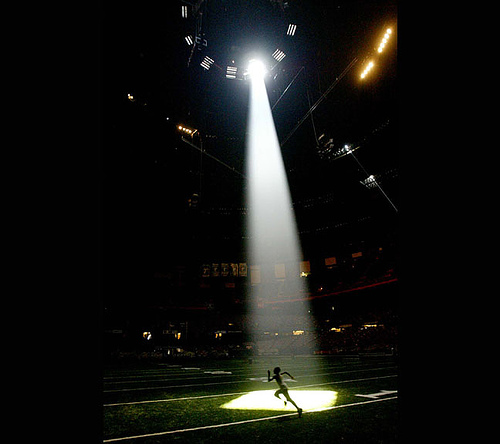Google Search: Hyper-visibility as a Means of Rendering Black Women and Girls Invisible
Safiya Umoja Noble Introduction Google has become a central object of study for digital media scholars due to the power and impact wielded by the necessity to begin most engagements with social media via a search process, and the near-universality with which Google has been adopted and embedded into all aspects of the digital media landscape to respond to that need.1 Therefore, the near-ubiquitous use of search engines, and Google, in particular, in the United States demands a closer inspection of what values are assigned to race and gender in classification and web indexing systems and the search results they return. It also calls for explorations into the source of these kinds of representations and how they came to be so fundamental to the classification of human beings. In this research, I am interested in knowing two things: what kinds of results do Google’s search engine provide about Black girls when keyword searching, and what do the results mean in historical and social contexts? I also want to know in what ways does Google …

